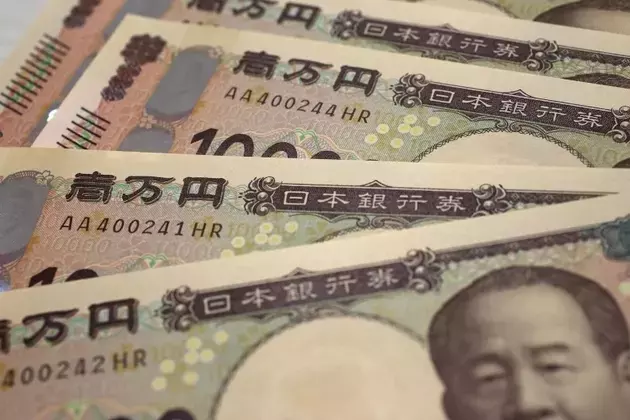
The recent surge in Japanese bond yields has surprised many investors, a phenomenon rooted in the nation's persistent inflationary pressures, a contracting GDP, and a substantial 135.5 billion dollar stimulus package, all set against the backdrop of a colossal government debt. This confluence of economic factors has not only ignited market volatility but also reshaped the landscape for both domestic and international investors. The internal dynamics of Japan's debt ownership, predominantly held by domestic entities, mitigate immediate risks of capital flight, yet the escalating yields present a double-edged sword: a challenge for fiscal stability but a potential lure for yield-seeking foreign capital.
Understanding the intricacies of Japan's economic environment is crucial to grasp the full implications of the current bond market movements. The country has grappled with deflationary spirals for decades, making the recent inflation a significant shift. This inflationary trend, coupled with a shrinking economy, puts policymakers in a delicate position, balancing the need for economic growth with fiscal prudence. The government's large stimulus is an attempt to inject vitality into the economy, but it also raises concerns about further bloating the already massive national debt, which is among the highest in the developed world relative to GDP. The Bank of Japan's long-standing policy of yield curve control has been a cornerstone of its monetary strategy, but the recent market pressures are testing its resolve and flexibility.
The selling of domestic bonds by Japanese holders has been a key driver of the recent yield increases. This behavior suggests a reallocation of capital within the domestic market, potentially seeking higher returns in other asset classes or reacting to changes in inflation expectations. While this internal selling creates volatility, the fact that a large portion of government debt is held domestically acts as a buffer against external shocks. Unlike countries heavily reliant on foreign capital, Japan has a degree of insulation from rapid currency depreciation or sudden outflows. However, sustained domestic selling could still pose challenges to the stability of the bond market and the broader financial system.
Looking ahead, the evolving monetary policy stances of major global economies, particularly the United States, will play a critical role in shaping Japan's financial outlook. Anticipated interest rate cuts by the Federal Reserve could alleviate pressure on the Japanese yen, which has recently depreciated significantly against the dollar. A stronger yen would help temper import-driven inflation and potentially stabilize the bond market. Furthermore, as Japanese bond yields become more attractive relative to those in other developed markets, foreign investors may increasingly view them as a viable investment avenue, especially if market volatility subsides. This influx of foreign capital could help absorb some of the domestic selling pressure and provide a new source of demand for Japanese government bonds.
Despite the prevailing risks and uncertainties, the current environment may present unique opportunities for astute investors. While careful consideration of market dynamics and economic indicators is paramount, certain assets tracking robust indices, such as those in the U.S. market, could offer diversification benefits. The iShares MSCI Japan ETF (EWJ), for instance, warrants further scrutiny as a potential entry point for those looking to gain exposure to the Japanese market. However, any investment decision must be preceded by thorough due diligence and a comprehensive analysis of individual risk tolerance and financial objectives.
